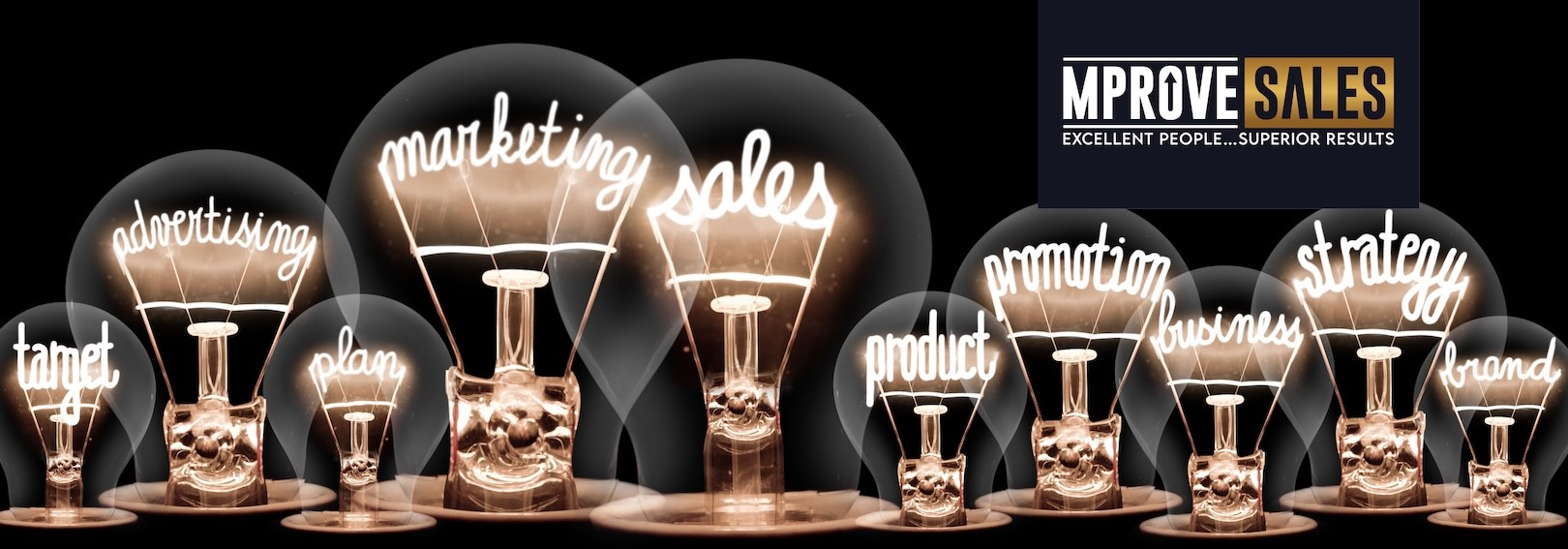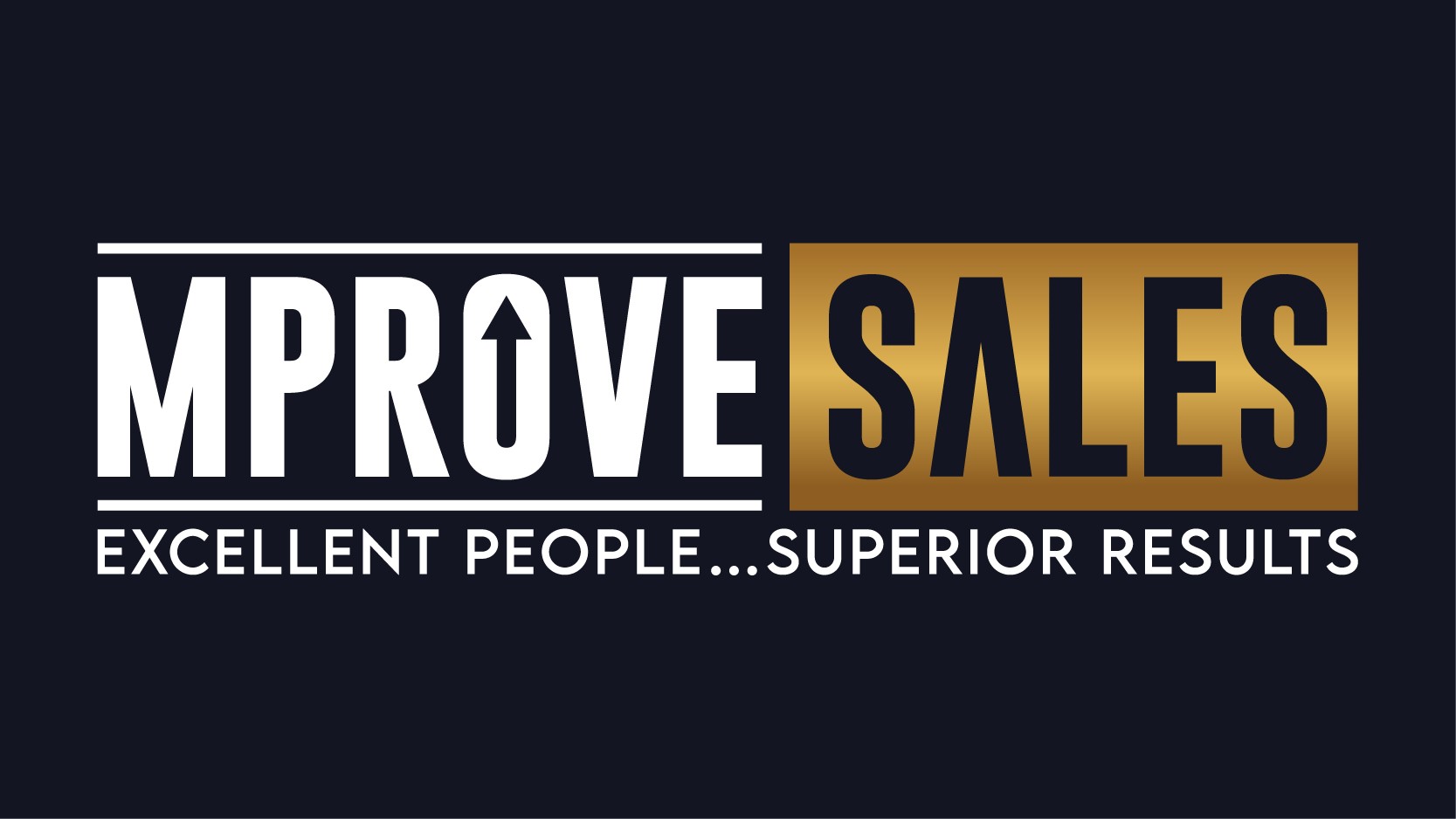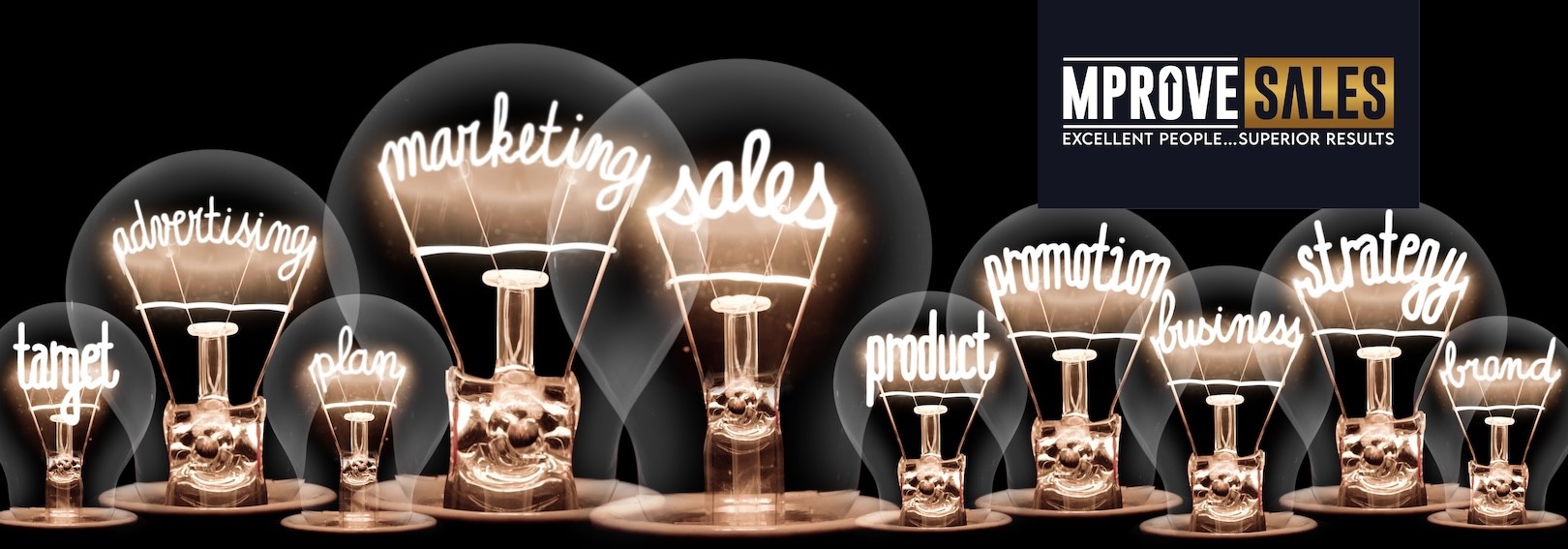Election years are historically among the most uncertain times for the American economy, and 2024 does not disappoint. With uncertainty comes a lot of questions. For one, “Hunker down or fuel your growth?” This is typically the first question most business leaders ask themselves when facing uncertain times. Hire up to scale marketing and sales or put on hold until times stabilize?
Data shows companies that scale up their lead generation and sales efforts during uncertain times are those that rise quickly and dominate industries once market conditions stabilize.
But there is risk. Hire a full marketing and sales team now, and then stress to cover the overhead later as revenues adjust. If this fear is immobilizing your business, hiring fractional marketing and sales executives to set up sustainable processes and execute campaigns to kickstart new revenue just makes sense.
Why Hiring Fractional Executives is Brilliant for Uncertain Times
Whatever uncertainties keep you up at night, you have to keep moving forward at the speed of your industry, which for most is just getting faster by the day. Keeping pace requires the best talent you can hire and that talent adds to permanent overheads or future costly layoffs. Fractional talent is temporary, incurs no expenses like payroll tax and benefits, and allows you to tap expertise you might not be able to afford for the long-term.
Here’s just a few of the deliverables you can expect when you hire the right Fractional executive:
- Ability to jump in quickly and generate qualified leads without a lot of onboarding and learning curve. A good CMO can transcend industries quickly if they know how to appeal to consumer behavior triggers and the psychology of choice both of which are industry indifferent.
- Bring proven insights about best practices for marketing and sales which you can execute upon to increase efficiencies and ROI for lead generation and nurturing.
- Set up sustainable marketing and sales processes for your staff to eventually own and execute effectively.
- No salaries, no benefits, no overhead for the duration of contracts.
- Ability to pivot at anytime without going through morale decreasing personnel changes or layoffs.
Fractional executives are not equal. Some have years of proven achievements and innovative approaches to revenue generation, and others not so much. Take the time to explore experience and what they’ve done vs. just what they say. Some examples of how the MProve Sales fractional team has impacted companies across industries:
- Generated millions of dollars’ worth of marketing qualified leads in just a few weeks for a manufacturing/automation company.
- Improved conversion rate by 18% for client in SW industry.
Conclusion:
Regardless of election year uncertainty, or world conflicts pausing client processes, tapping years of expertise to guide your current marketing and sales staff makes sense. You maintain your current overhead for the long-term and gain higher returns with a staff that has a better understanding of what to do, and how to perform at higher levels, setting you up for sustainable lead generation, sales and revenue.
Email us at info@mprovesales.com or call 303-697-6416 if you’d like more information about fractional executive leadership and what the MProve Sales team can do for you in good and not so good times.
Jeanette McMurtry









 Simply providing routine inspections of the numbers reported up the chain of command and making adjustments based on gut feel is not enough. As a sales leader, if you want to produce better sales forecasts, it is incumbent upon you to take a different approach, working to move from a subjective to an objective approach. To produce consistently good forecasts, sales leaders need to pay attention to the following principles:
Simply providing routine inspections of the numbers reported up the chain of command and making adjustments based on gut feel is not enough. As a sales leader, if you want to produce better sales forecasts, it is incumbent upon you to take a different approach, working to move from a subjective to an objective approach. To produce consistently good forecasts, sales leaders need to pay attention to the following principles: